It’s been a minute since I did a “year in review” post for the blog, so I thought I’d treat our readers to PA SHPO’s version of the ubiquitous end-of-year list.
In the spirit ICYMI, here is a list of the best posts from 2023 that you want to be sure to read. If I had to sum up the blog’s year in one phrase, I think it’s “a year of education, entertainment, and everything in between.”
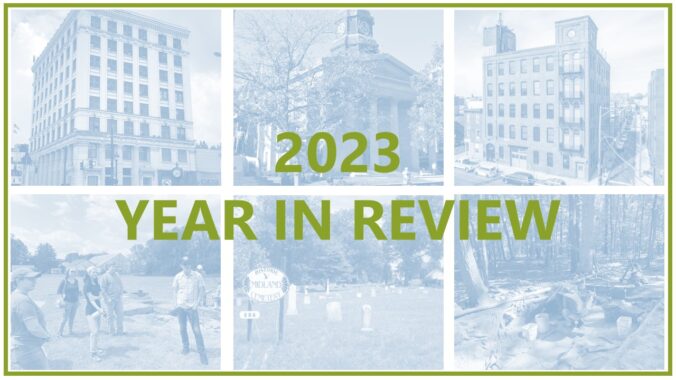
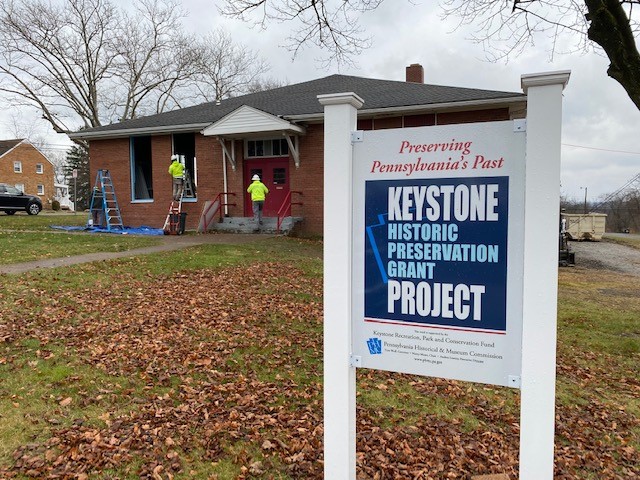
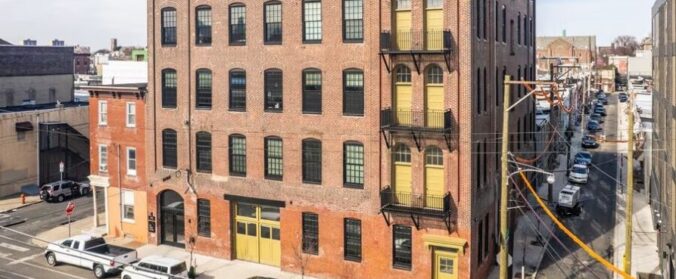
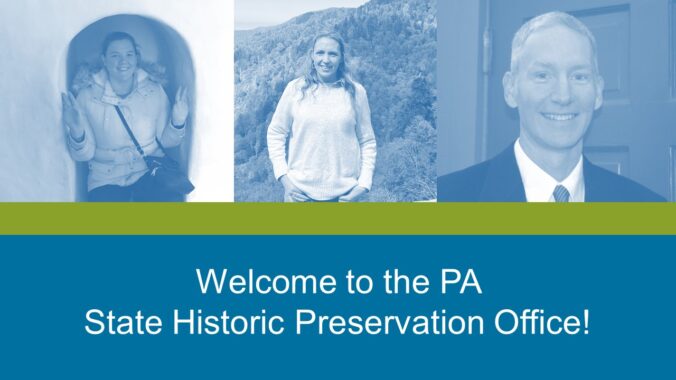
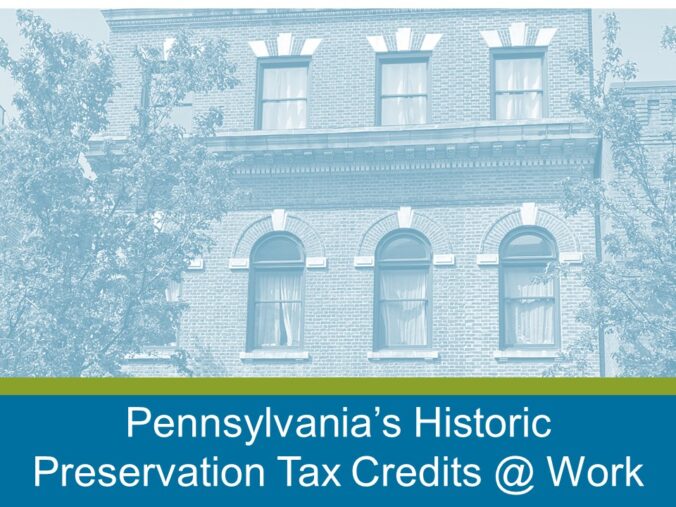

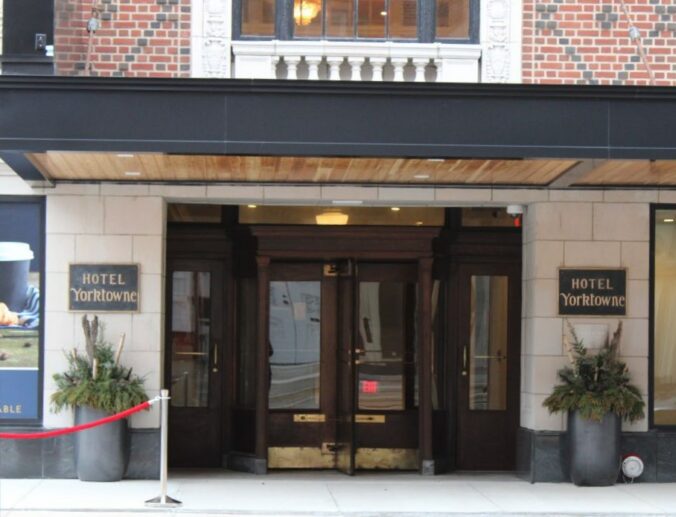

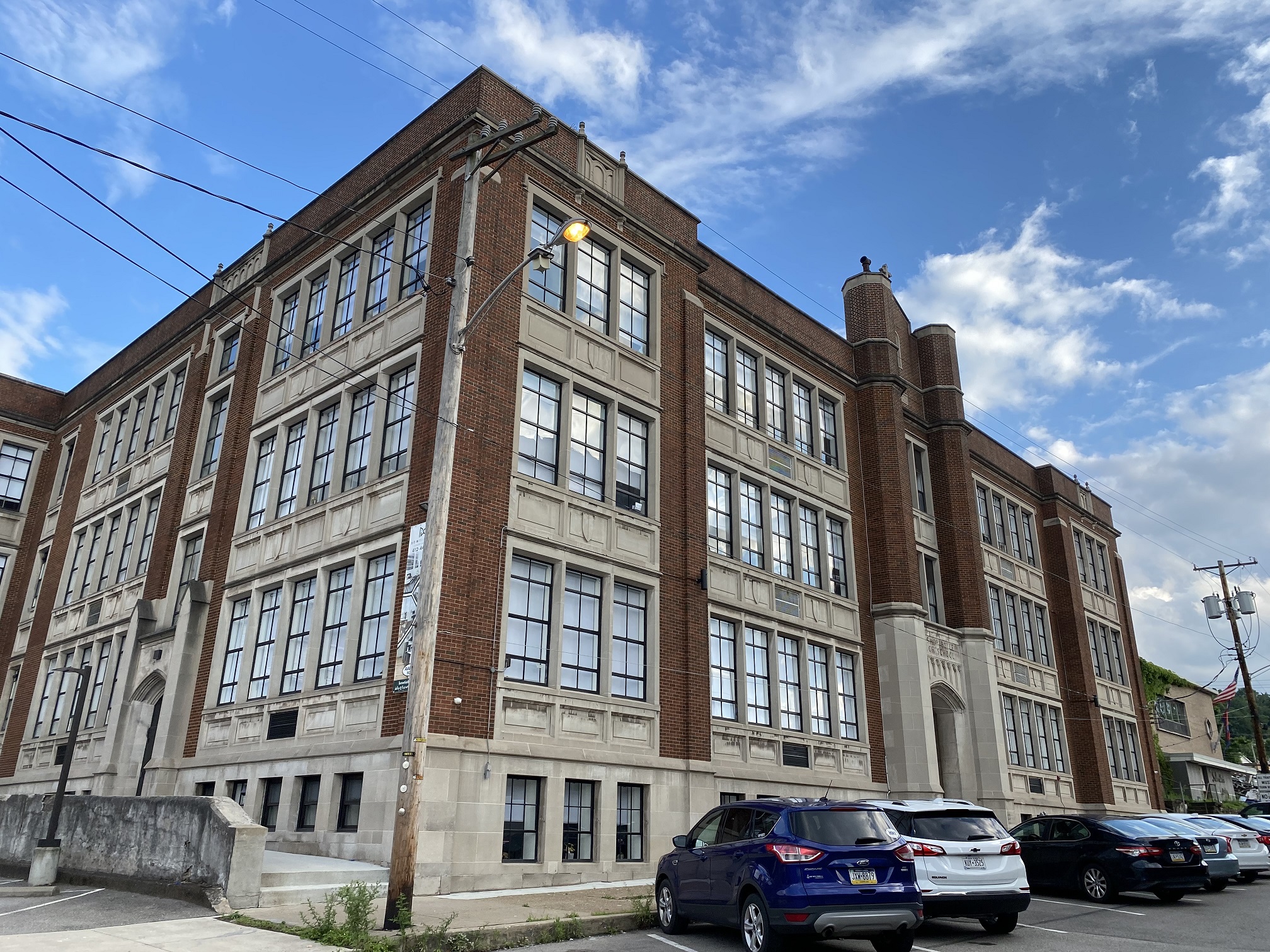
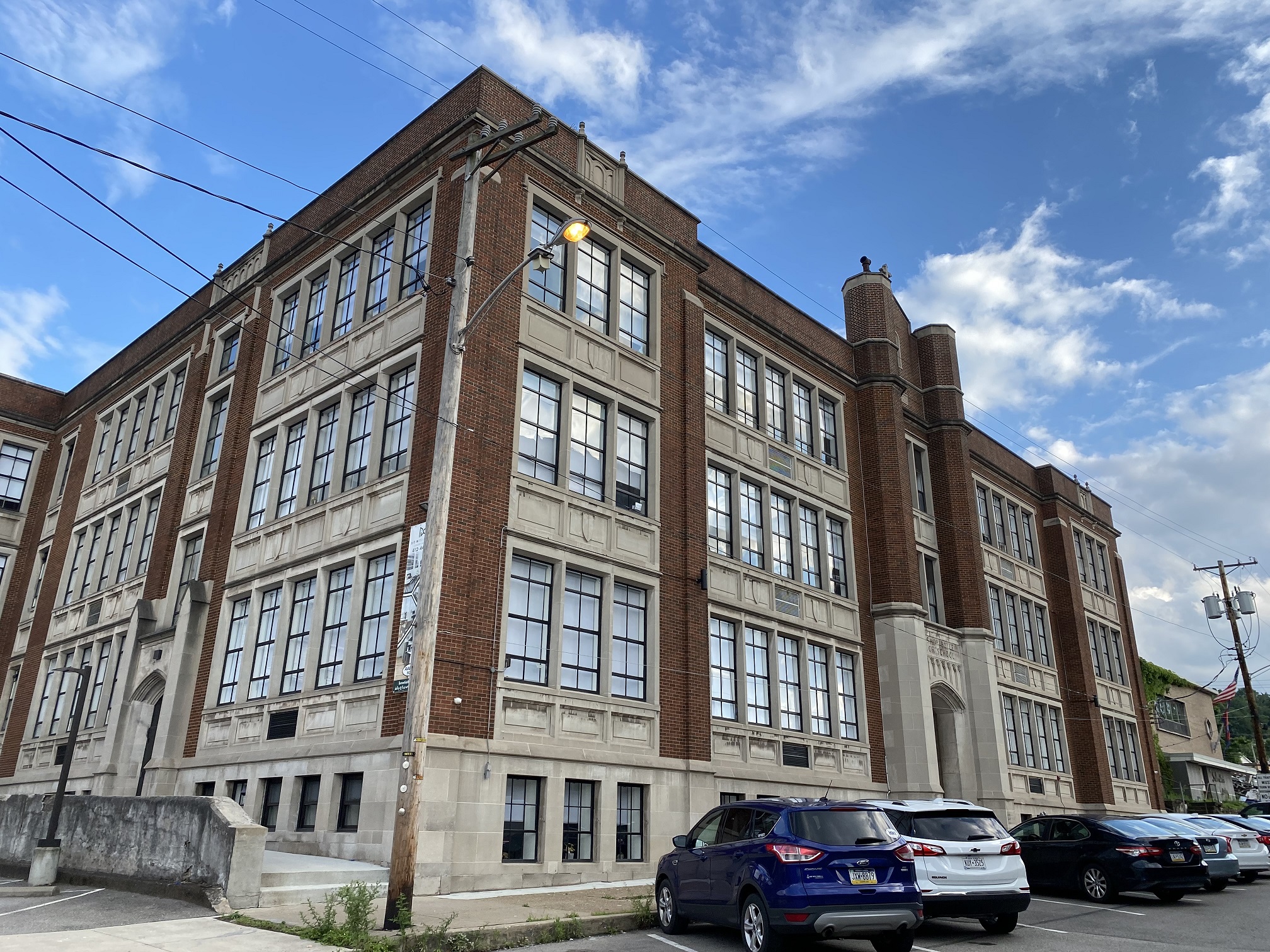
Recent Comments